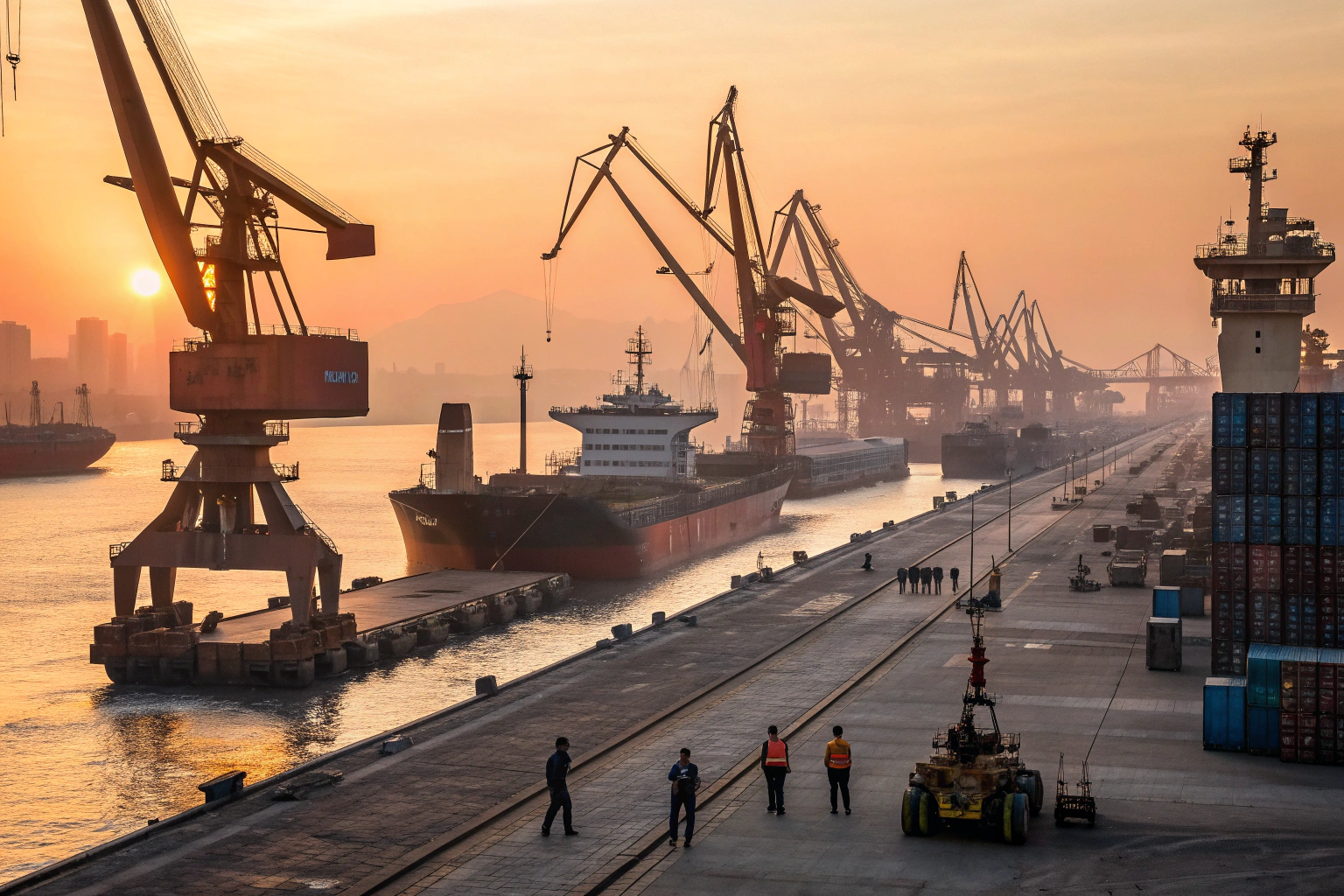Tariff volatility is one of the biggest threats to global supply chains. One month you’re working with predictable landed costs, the next, a sudden policy change or trade dispute can throw off your budgets, lead times, and pricing commitments. For US importers sourcing from multiple countries, these swings can be especially disruptive.
China’s well-developed freight infrastructure, backed by experienced forwarders like GeeseCargo, provides a stabilizing anchor in uncertain trade waters. By combining stable shipping schedules, strong carrier relationships, and proactive customs management, China freight can help you navigate unpredictable tariff shifts while keeping your supply chain moving.
In this article, I’ll explain how leveraging China’s freight advantages can offset the risks of tariff fluctuations — and why securing a dependable partner now can protect your margins later.
Why Tariff Volatility Threatens Supply Chain Stability
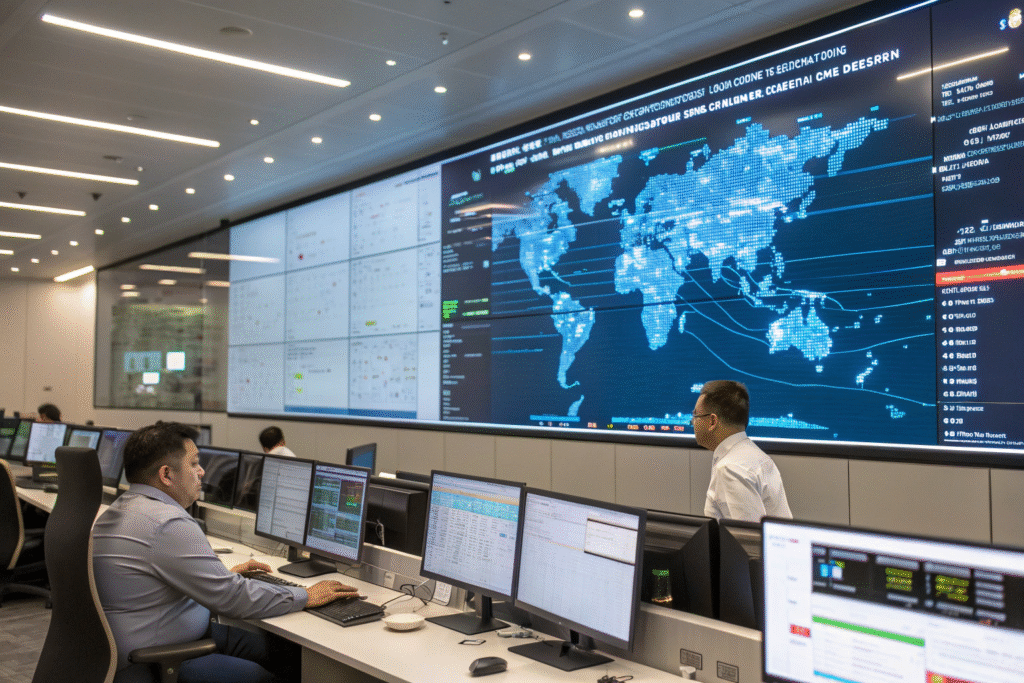
Unpredictable tariffs create uncertainty at every stage of the import process. A sudden rate increase can add thousands to a shipment’s cost, forcing last-minute pricing changes or even shipment cancellations.
The impact isn’t just financial — it’s operational. Orders get delayed, inventory runs short, and customer trust is tested. For many businesses, the difference between meeting and missing deadlines comes down to how quickly they can adapt to these changes.
How Do Tariffs Change Without Warning?
Trade disputes, seasonal policy adjustments, and product reclassification under the USITC Harmonized Tariff Schedule can all trigger unplanned cost increases. These changes may take effect within days, giving importers little time to react.
Why Are Some Supply Chains More Vulnerable?
Companies sourcing from smaller or less-connected ports may face slower customs processes, fewer carrier options, and limited ability to reroute cargo quickly. This makes them more exposed to tariff-related delays.
How China Freight Creates Predictability in an Unpredictable Market
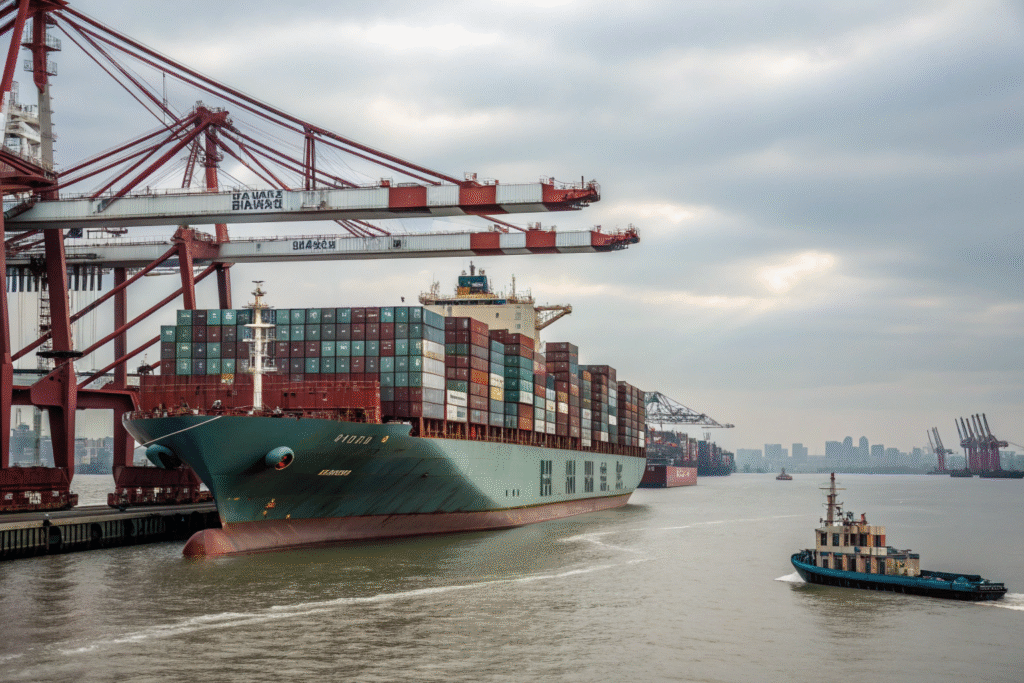
China’s freight network is one of the most mature and stable in the world, supported by high-volume ports, competitive carrier services, and reliable customs clearance procedures.
Even during tariff surges, established China-US shipping lanes maintain multiple weekly sailings and consistent transit times, giving importers options to keep cargo flowing.
How Do Strong Carrier Relationships Help?
Partnerships with carriers like COSCO Shipping and Maersk mean better access to space, priority loading, and reduced risk of rolled bookings during peak periods.
What Role Does Port Infrastructure Play?
Mega-ports like Port of Shanghai and Port of Ningbo-Zhoushan use advanced automation to speed container handling and minimize congestion, even when global freight demand spikes.
Proactive Customs Management as a Shield Against Tariff Surprises
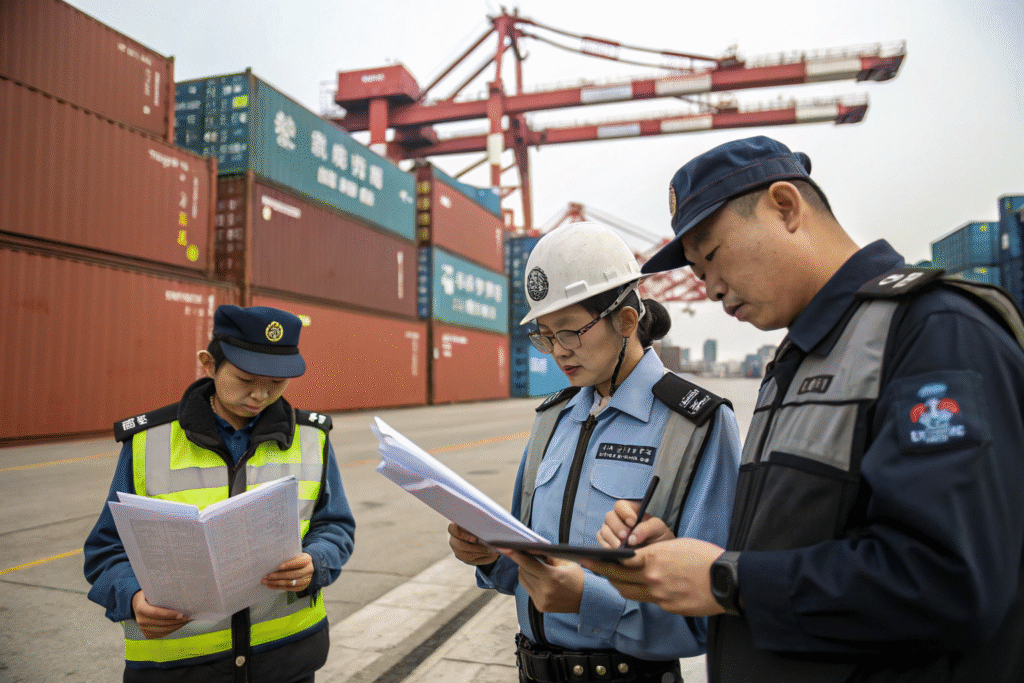
A big part of tariff disruption comes from classification errors or missing paperwork. These can result in reassessment at higher rates, shipment holds, or even penalties.
At GeeseCargo, we pre-audit all commercial invoices, HS codes, and certificates of origin before cargo departs China. This ensures tariffs are calculated correctly and helps avoid unnecessary costs.
How Does Pre-Clearance Work?
We submit data to US Customs and Border Protection before the ship arrives, allowing potential issues to be resolved while the cargo is still in transit.
Why Is Document Accuracy Critical During Tariff Changes?
When tariffs fluctuate, customs authorities may scrutinize shipments more closely. Accurate documents mean faster clearance and reduced exposure to reclassification.
Using China Freight to Diversify and Stabilize Supply Routes
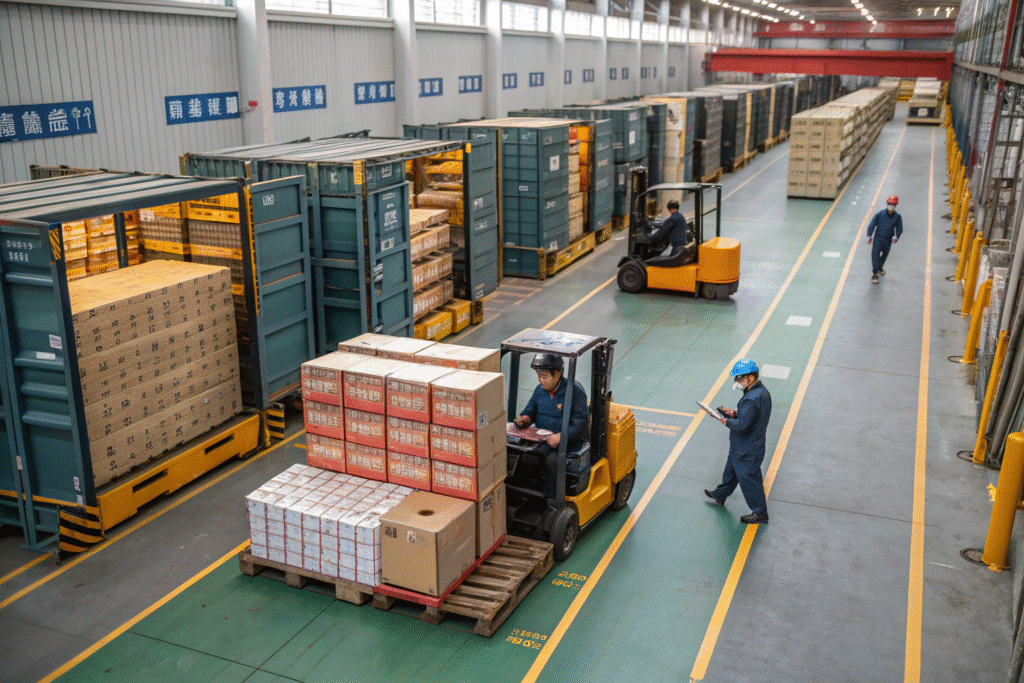
Relying on a single sourcing country can magnify tariff risk. By integrating China into your supply chain mix, you can balance cost, lead time, and tariff exposure.
We help clients combine goods from different origins into consolidated China shipments, streamlining customs clearance and optimizing freight costs.
How Does Consolidation Reduce Risk?
Mixed shipments can lower the average duty rate if some products carry lower tariffs. They also allow for more efficient container utilization, reducing per-unit freight costs.
Can China Act as a Transshipment Hub?
Yes. With free trade zones and bonded warehousing, China can serve as a strategic hub for routing goods from multiple countries to the US while ensuring compliance with origin rules.
Conclusion
Tariff volatility isn’t going away. But with China’s robust freight infrastructure and a forwarder who understands both the market and the regulations, you can keep your supply chain anchored in stability.
At GeeseCargo, we’ve helped US importers weather multiple trade policy shifts with minimal disruption. To learn how we can protect your business from tariff uncertainty, contact Ben Zhu at benzhu@geesecargo.com today.
